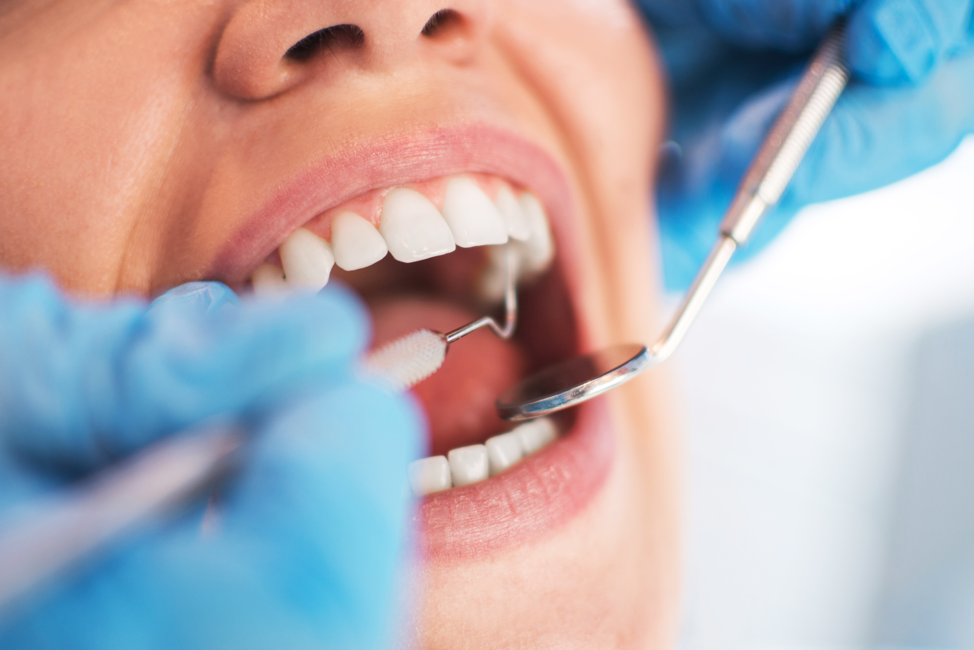Oral health is a crucial aspect of overall well-being, yet it often takes a back seat in many people’s daily routines. While brushing and flossing are essential components of oral hygiene, they represent only a fraction of what it takes to maintain optimal oral health. In this comprehensive guide, we’ll explore the multifaceted nature of oral health and delve into various aspects beyond brushing and flossing that contribute to a healthy mouth. From proper nutrition and hydration to regular dental check-ups and lifestyle factors, we’ll cover everything you need to know to achieve oral health 360.
The Importance of Oral Health:
- Beyond Aesthetic Appeal:
- While a bright smile is often associated with good oral health, the benefits extend far beyond aesthetics. Healthy teeth and gums are essential for proper chewing, speaking, and overall quality of life.
- Systemic Health Connections:
- Oral health is closely linked to systemic health, with research suggesting associations between oral diseases and conditions such as cardiovascular disease, diabetes, respiratory infections, and adverse pregnancy outcomes.
- Poor oral health can serve as a risk factor for systemic diseases, while systemic conditions may impact oral health.
Beyond Brushing and Flossing:
- Proper Nutrition:
- Diet plays a significant role in oral health, with certain foods and beverages promoting dental health while others contribute to tooth decay and gum disease.
- Aim for a balanced diet rich in fruits, vegetables, lean proteins, and whole grains while limiting sugary snacks and beverages that can increase the risk of cavities.
- Hydration:
- Adequate hydration is essential for saliva production, which helps wash away food particles, neutralize acids, and remineralize tooth enamel.
- Drink plenty of water throughout the day and minimize consumption of sugary or acidic beverages that can erode tooth enamel.
- Regular Dental Check-Ups:
- Dental check-ups are crucial for early detection and prevention of oral health problems. Schedule regular visits to your dentist for professional cleanings, examinations, and preventive care.
- Your dentist can identify signs of tooth decay, gum disease, oral cancer, and other oral health issues that may require treatment.
- Mouthwash and Fluoride:
- Mouthwash can complement brushing and flossing by reaching areas of the mouth that may be difficult to clean with a toothbrush or floss.
- Choose a fluoride-containing mouthwash to strengthen tooth enamel and protect against cavities, and consider using antimicrobial mouthwash to reduce bacteria and prevent gum disease.
- Tongue Cleaning:
- Cleaning the tongue is an often-overlooked aspect of oral hygiene that can help remove bacteria, food debris, and dead cells that contribute to bad breath and oral infections.
- Use a tongue scraper or brush to gently clean the surface of the tongue from back to front, rinsing with water afterward.
- Proper Toothbrushing Technique:
- While brushing is a fundamental oral hygiene practice, proper technique is essential for effective plaque removal and gum health.
- Use a soft-bristled toothbrush and fluoride toothpaste, brushing gently in circular motions for two minutes, twice a day. Pay attention to all tooth surfaces, including the front, back, and chewing surfaces.
- Flossing and Interdental Cleaning:
- Flossing helps remove plaque and food particles from between teeth and along the gumline, where a toothbrush may not reach.
- In addition to traditional floss, consider using interdental cleaners such as dental picks, interdental brushes, or water flossers to clean between teeth effectively.
- Lifestyle Factors:
- Lifestyle choices such as smoking, tobacco use, and excessive alcohol consumption can have detrimental effects on oral health, increasing the risk of gum disease, tooth loss, and oral cancer.
- Quit smoking or using tobacco products, limit alcohol intake, and maintain a healthy lifestyle to support overall oral health.
- Stress Management:
- Chronic stress can contribute to oral health problems such as teeth grinding (bruxism) and temporomandibular joint (TMJ) disorders.
- Practice stress-reduction techniques such as meditation, deep breathing, yoga, or seeking support from a mental health professional to alleviate stress-related oral health issues.
- Mouthguards and Protective Gear:
- If you participate in sports or activities that pose a risk of dental injury, wearing a mouthguard or protective gear can help prevent dental trauma such as fractured teeth or knocked-out teeth.
- Choose a properly fitted mouthguard designed for your specific sport or activity, and replace it as needed to ensure adequate protection.
- Oral Hygiene for Special Populations:
- Certain populations, such as children, pregnant women, older adults, and individuals with medical conditions or disabilities, may have unique oral health needs.
- Tailor oral hygiene practices and preventive care recommendations to address the specific needs and concerns of these populations, consulting with dental professionals as needed.
Conclusion:
Achieving optimal oral health requires a holistic approach that goes beyond simply brushing and flossing. By incorporating proper nutrition, hydration, regular dental check-ups, and lifestyle factors into your oral hygiene routine, you can maintain healthy teeth and gums for a lifetime. Remember to practice good oral hygiene habits consistently, seek professional dental care when needed, and prioritize overall health and well-being to support a healthy smile and a healthier you. With a comprehensive approach to oral health 360, you can enjoy the benefits of a confident smile and improved quality of life.
Read More: 3 Times Taylor Swift Surprised Fans with Secret Album Drops
